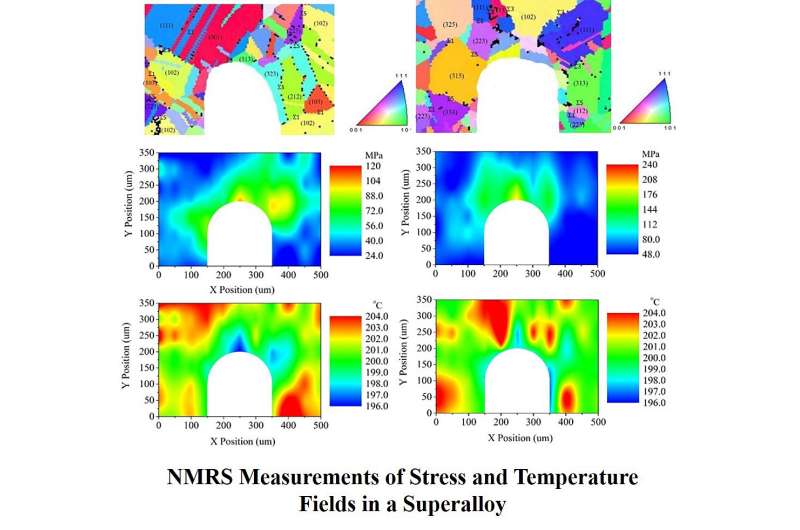Aerospace detection technology designed to prevent catastrophic events in energy and extreme environments

Could new technology from Purdue University researchers have helped save the Titanic? Engineers from Purdue have developed technology to help prevent catastrophic failures involving nuclear, energy and other materials in extreme environments.
"Our advancements in temperature measuring and stress sensing can potentially save lives and significantly reduce costs," said Vikas Tomar, a professor of aeronautics and astronautics, who led the research team. "Our nanomechanical Raman spectroscopy technology will allow for safer structures by enabling simultaneous time-dependent measurements of chemical, thermal and mechanical changes in structures and materials undergoing mechanical loading in extreme environments."
The Purdue analytical technology is unique in its approach to seeing if there are changes in materials in environments with very high temperatures or other potentially dangerous factors.
The Purdue approach focuses on detecting stress as a predictor of failure, rather than relying on damage detection to try to predict potentially catastrophic failures of these materials in sometimes extreme and dangerous situations.
The new technology uses advanced sensors, along with data science and machine learning elements, to detect and predict failures within the materials. Purdue's technology could be used for nuclear materials, lithium-ion batteries, metals and biological and energy materials, all of which are used in situations with extreme temperatures and shock velocities.
"Current practices in damage tolerance are fine if damage is widely distributed," Tomar said. "If the damage is localized and not widely distributed, such as the hairline crack in the Titanic, you must have technology like ours that uses stress sensing to predict if damage is going to be catastrophic. The situation is even more complicated for materials in extreme environments."
"Our technology changes the paradigm from damage sensing to stress sensing," Tomar said. "Such a paradigm shift will enable safer structures, especially the ones that are operating in extreme environments. I see our technology as an enabler for opening up a new multibillion-dollar industry."
The Department of Defense recently awarded the team a $508,000 United States Government competitive Defense University Research Instrumentation Program grant mechanism to make this technology more accessible to extreme environment measurements such as shock loading, nuclear irradiation and rechargeable battery explosions.
Provided by Purdue University





















